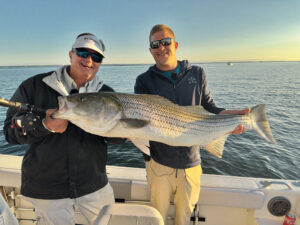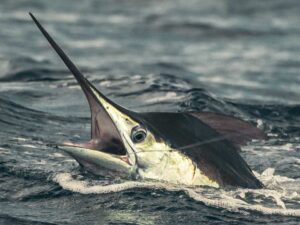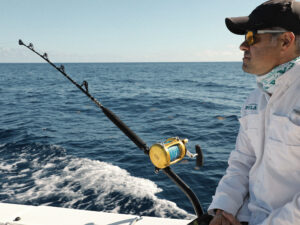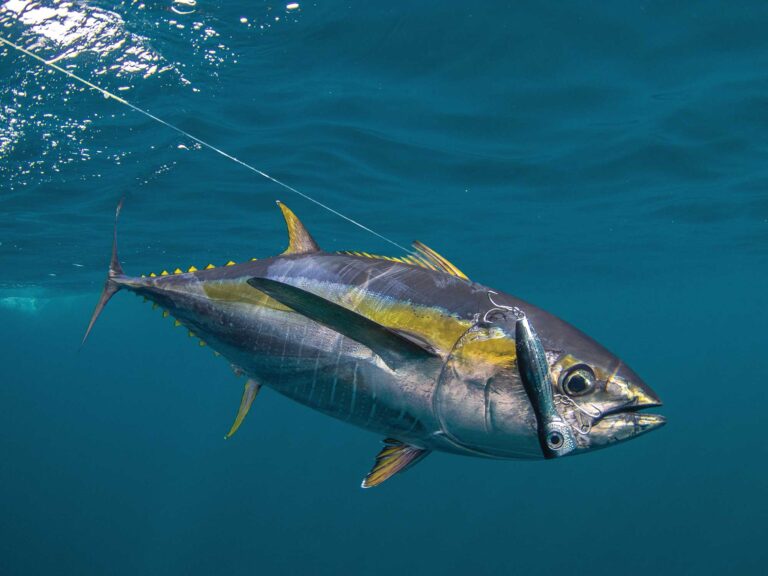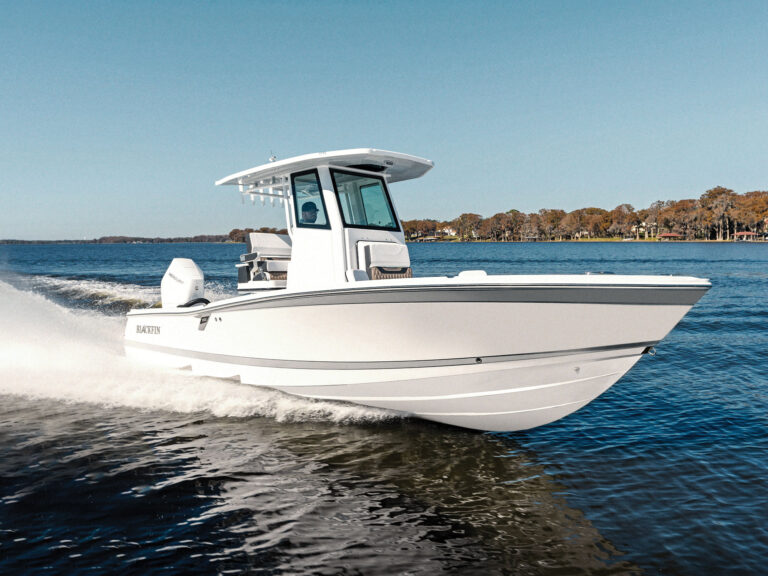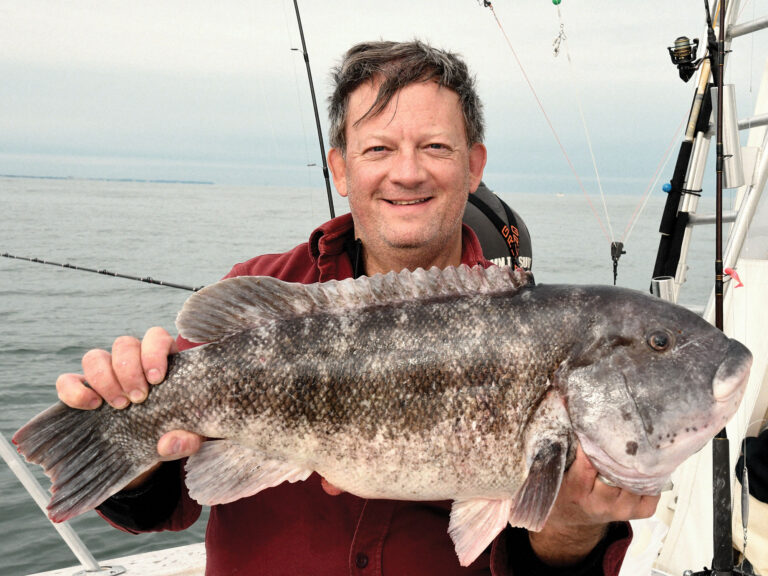Ironically, some of my fondest fishing memories didn’t take place with a fly rod in hand or in a skiff or even in salt water. Fishing with my grandfather on the Palatlakaha River in Okahumpka, Florida, hold as some of my favorites. When the action was hot, for quick and easy access to bait, he’d reach into the bucket, grab a handful of grass shrimp and toss them like a handful of popcorn into his mouth. I can still remember my hook getting stripped clean and him handing me a saliva-soaked shrimp for re-baiting.
Each trip, he’d remind me how much he loved to fish with a bobber — he’d go on and on about how exciting it was to watch it go under — and when it did, he’d strike with a vengeance. Once the fish was over the gunwale, he’d remove the hook and toss it on the deck, where it would flop around at our feet until it was lifeless. As much as he loved (and still loves) fishing, for him, it was always more about the take.
I can’t blame him — he grew up in a time when catching could mean the difference between a full or empty belly. Large or small, in his mind, as table fare, each caught fish was a trophy.
For years, that was the way I fished too — if you catch a fish, you keep it for the pan. But years later, I started fly-fishing. Slowly but surely my obsession grew, and just like my tackle choice, the angling circles I ran with became more specific as well. Pretty soon, to follow suit with my fly-fishing friends and much to the chagrin of my grandfather, I found myself reluctantly releasing virtually every fish I landed. Eventually my reluctance dissipated into nothing and releasing became an involuntary action.
Originally, I planned on using this editorial space to justify a few of the images you’ll see on the pages of the May-June 2013 issue. Yes — there are a couple images of dead tarpon there. But the more I think about it, the less I feel the need for a defense. Instead, I’d rather pat the angling community on the back and celebrate how far we’ve come in regard to catch-and-release. Present-day images of dead fish (especially fly-caught fish) are very few and far between, and thank God for that.
People do still take the occasional fish for a world record, but the key word in that sentence is occasional. It’s a sensitive topic, and that being said, no matter what side of the fence you find yourself on, I think you’ll find Mark Hatter’s Blood Sport piece in the May-June issue of Fly Fishing in Salt Waters of interest. He did what I feel to be an excellent job of proving that there are in fact two sides to every coin.
It’s easy for me to say that I don’t have any interest in killing a record tarpon, but then again, I’ve never had the rare opportunity of being connected to one. I hope his words and anecdotes will help you decide responsibly should you find yourself with a 200-pounder boatside.

